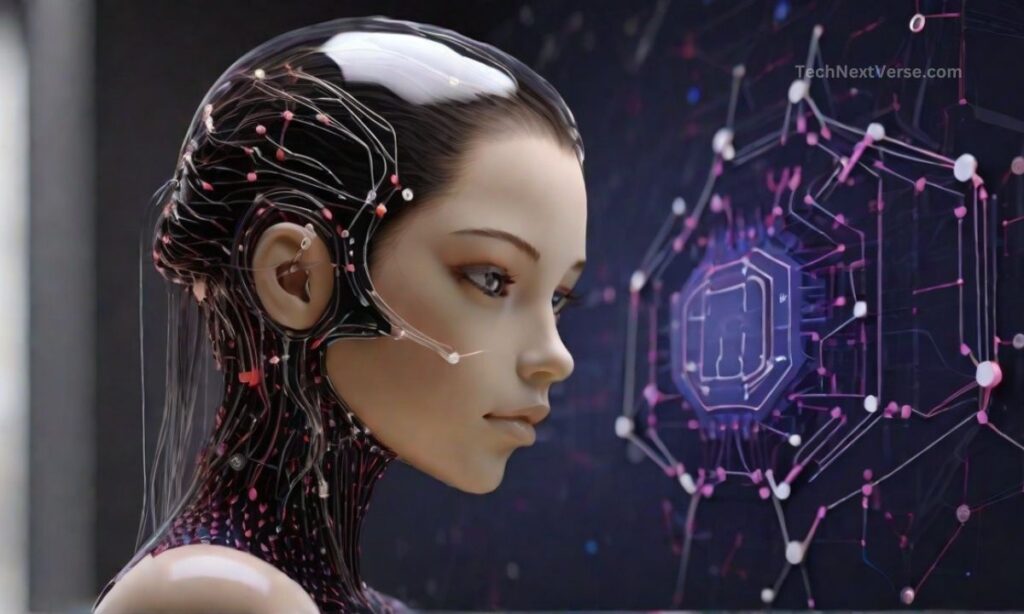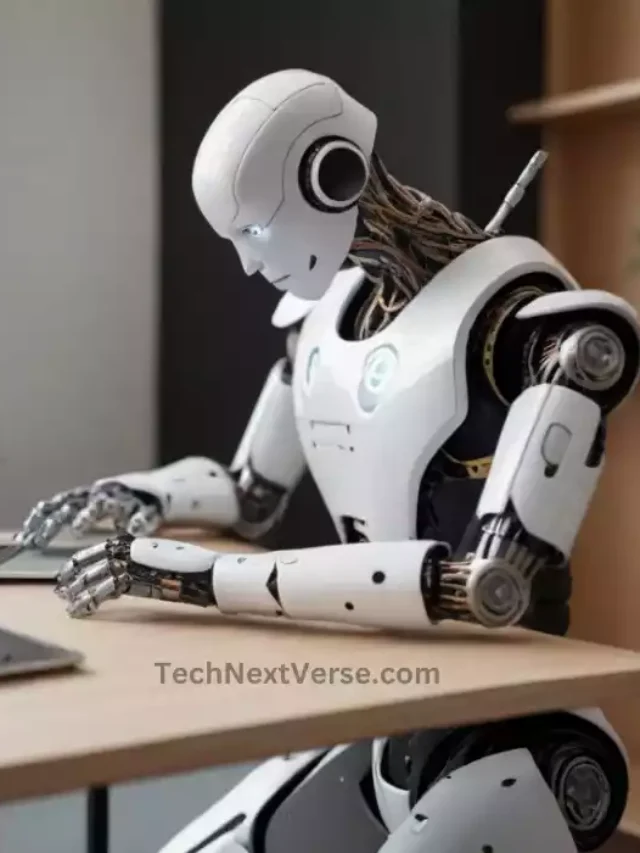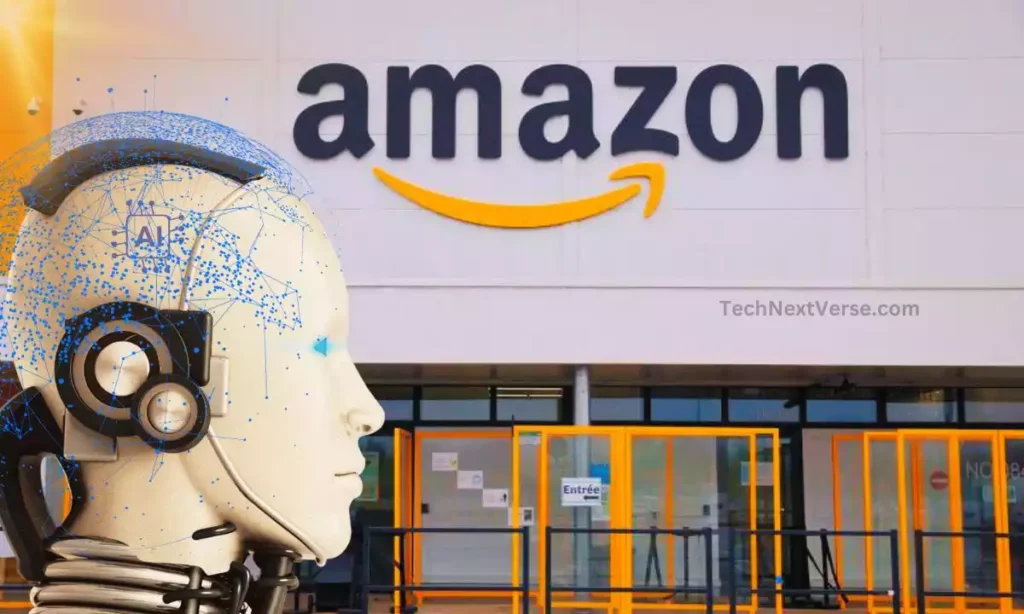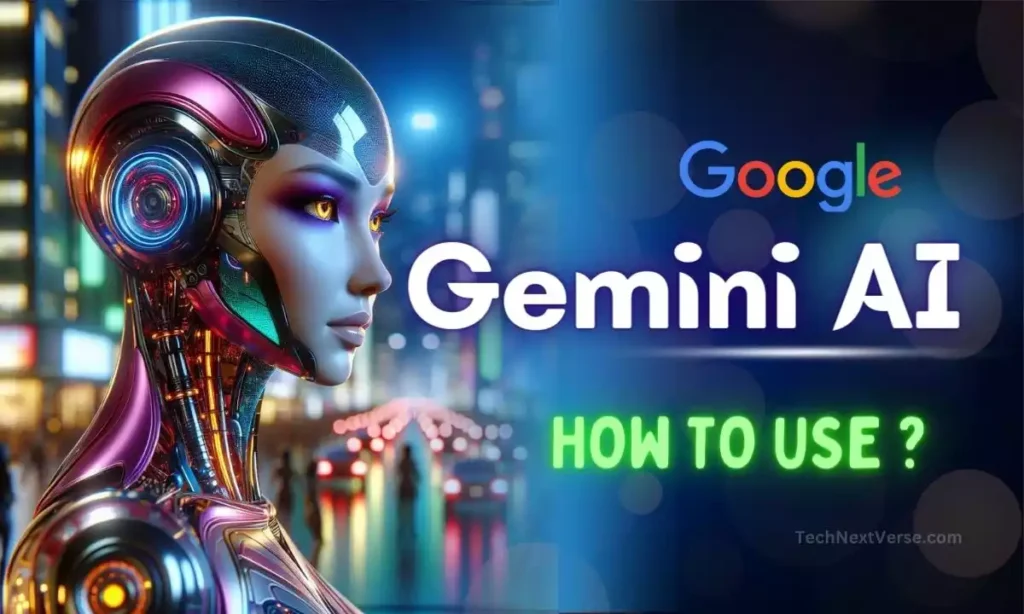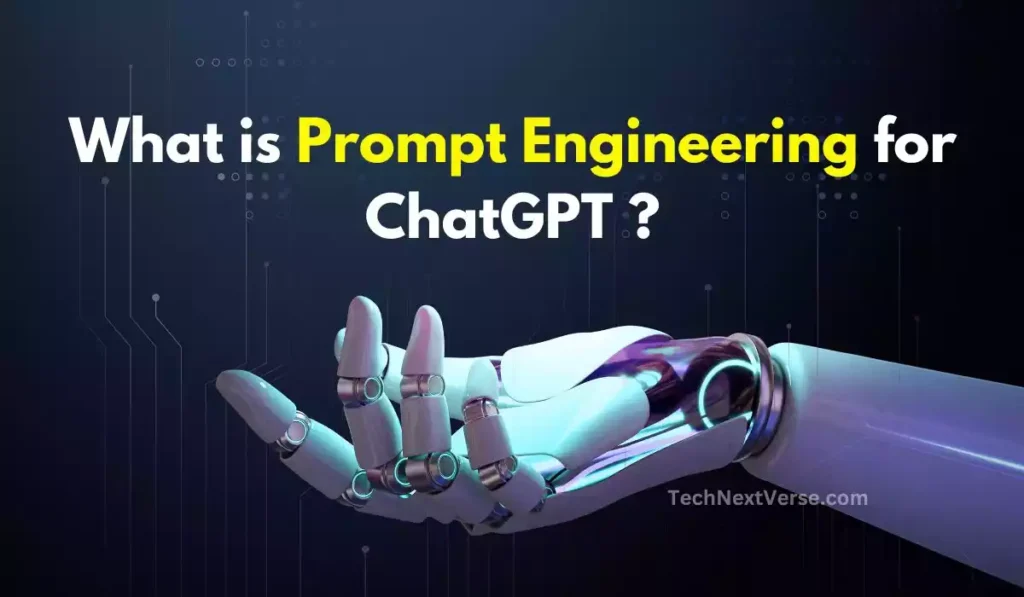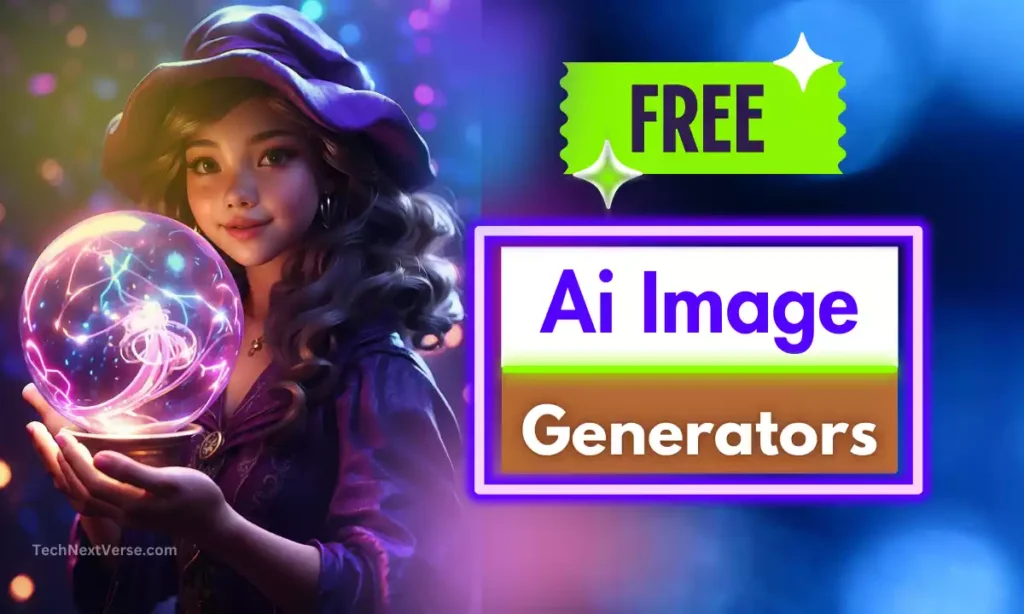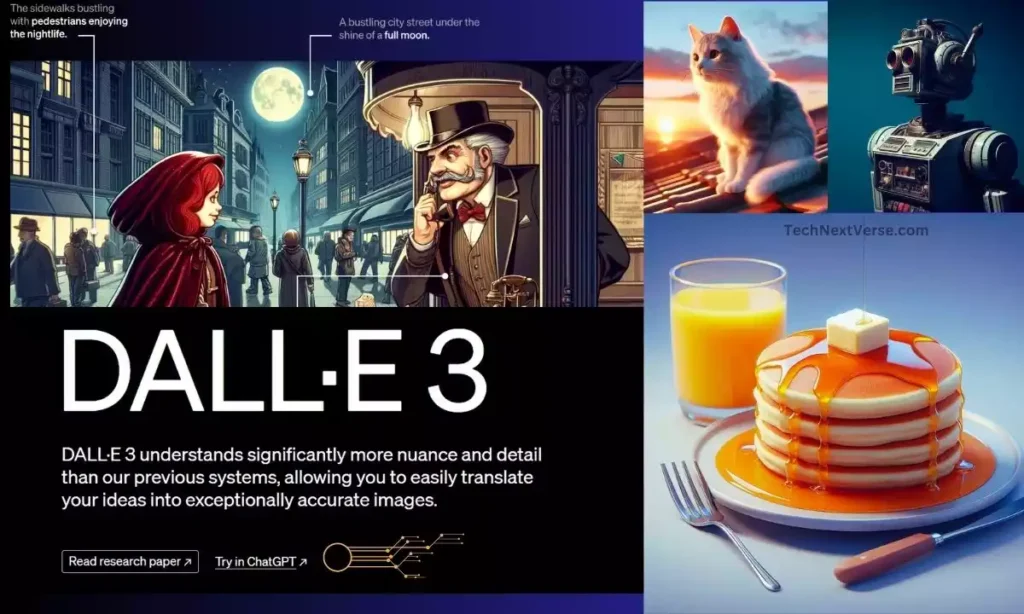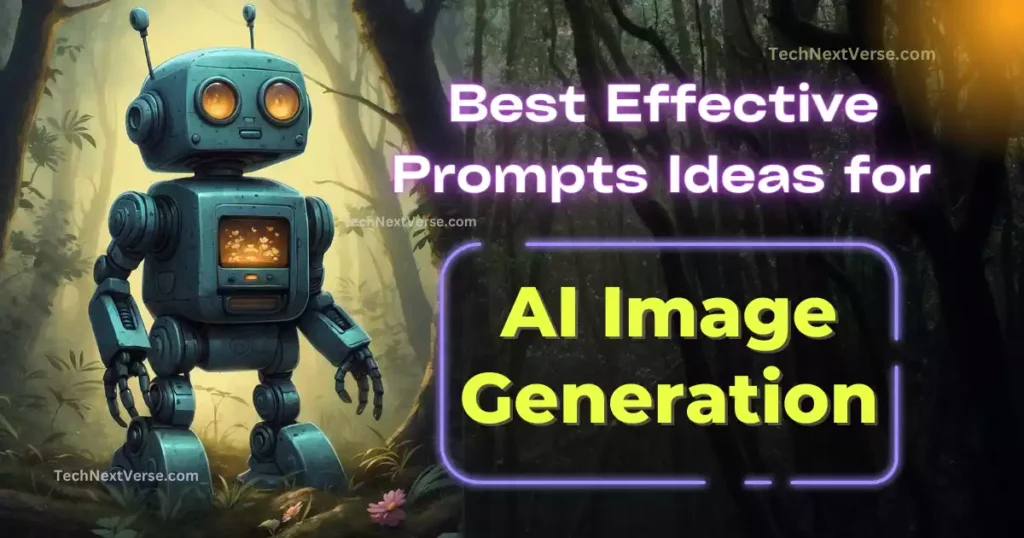Imagine an AI that can draw anything you describe, write an essay on any topic you give it, or compose music in any genre you choose.
Sound impossible? Well, that’s what cutting-edge generative AI models can do today! But, you should now think “What is Generative AI ?” Don’t worry, here I discuss all about that.
Most tech giant companies like Google, Amazon, OpenAI, etc use AI nowadays. So how do these models work their magic? Can they replace artists and writers? And most importantly, can we trust what they generate? Ready to generate some AI insights? Let’s begin!
In this article, we shall discuss about the “Generative AI”.
what is generative AI?
“Generative AI” refers to artificial intelligence that can generate new content and artworks, such as text, images, audio, and video, based on given inputs and data. It has become immensely popular in recent years due to its capabilities to automate creative tasks.
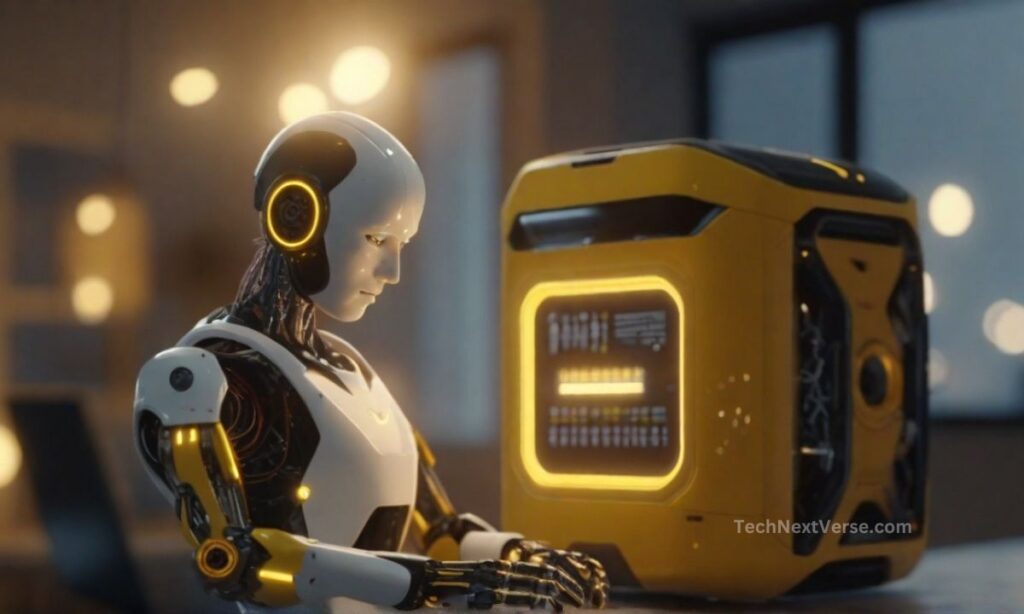
- Generative AI is a category of AI that uses neural networks to produce new, original artifacts like images, audio, video, and text.
- It is trained on vast datasets to learn the patterns and features of the type of content it will generate.
- Once trained, it can take prompts and inputs from users to create new artifacts that are similar to the training data.
- Popular examples of generative AI include DALL-E for images, OpenAI’s ChatGPT, Google‘s Bard, Anthropic’s Claude AI for text, and Stable Diffusion for image generation.
▶ Some Popular Generative AI Model
- DALL-E 2: Can generate realistic images simply from text prompts.
- GPT-3.5 & 4: Can generate human-like text such as stories and articles.
- Google Bard: Can generate human-like text across different genres and styles.
- Claude AI: Anthropic’s Claude AI can produce human-like narratives in a variety of different styles.
- Stable Diffusion: Can create high-quality images from text.
- Midjourney: Creates new images based on text prompts.
What Is A Passkey For Google? No More Password Trouble, Use Easy Passkeys!
Why is Generative AI so Popular?
With the growing popularity of generative AI systems like OpenAI’s conversational chatbot ChatGPT and the AI picture generator DALL-E 2, the phrase “generative AI” is attracting a lot of attention in the world. Now, many tech giant companies are trying to create their own AI model like Google, Microsoft, Amazon, etc.

How To Create a Disney Pixar Dog AI Style Unique Animation For FREE!
- It can make totally new things like photos, stories, and music with just text. This is very exciting and new.
- It is easy to use. Many apps allow anyone to try it.
- It can do creative work like writing and drawing automatically. This saves people time and effort.
- The outputs are personalized for each user. It makes content just for you.
- New types keep coming out that are even better. So it gets more powerful very fast.
- Even those who aren’t artists can make art using it. It makes creative work easier.
- More people than ever can try these AI models. This gives everyone access.
- Big tech companies want to make money from it. So they are pushing the technology forward.
Amazon Rolls Out New Generative AI Image Tool To Help Advertisers
How is Generative AI Different from Machine Learning?
Machine learning involves developing models that can learn from data to make predictions or decisions without explicit programming. The focus is on pattern recognition and insights from data.
Generative AI also uses neural networks and model training. But instead of analyzing data, it synthesizes completely new data points and content. For example, machine learning can identify objects in images while generative AI can create realistic images of objects that don’t exist.
Some key differences between Generative AI vs machine learning:
- Machine learning provides insights from data. Generative AI creates new data.
- Machine learning improves with more data. Generative AI improves with diverse, high-quality data.
- Machine learning aims to make accurate predictions. Generative AI aims to produce completely new, original artifacts.
So while both use neural networks and training, machine learning focuses on analysis while generative AI is about synthesizing novel content.
How Do Large Language Models Relate to Generative AI?
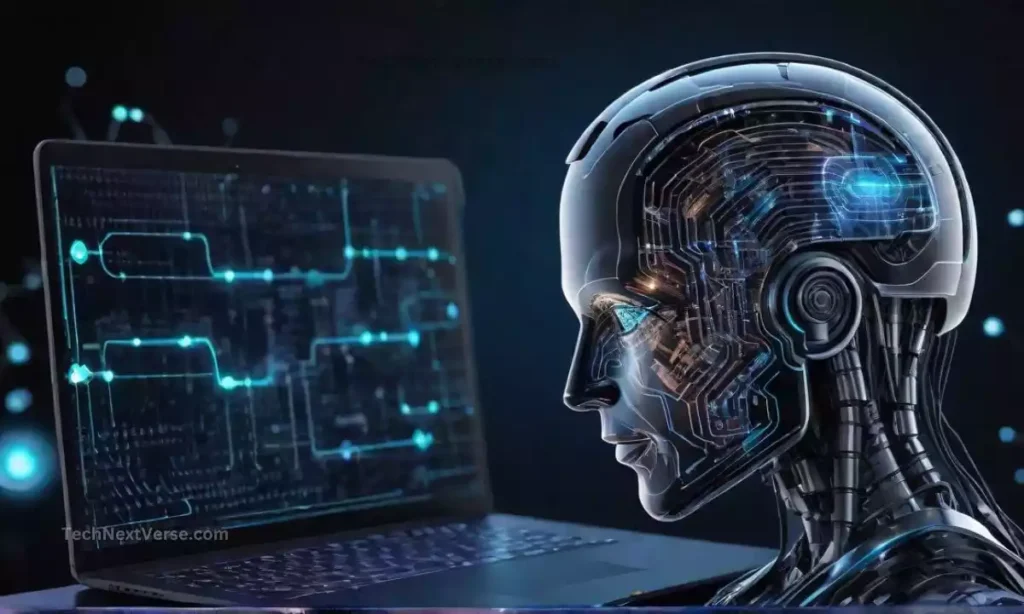
Large language models are a type of foundation model that is trained on massive volumes of text data. Popular examples are GPT-3.5 & 4, Google’s Bard, Anthropic’s Claude AI, and Jurassic-1 J which have been trained on billions of text documents and websites.
They develop a strong understanding of the structure and complexities of human language. These models provide the foundation for generative AI systems that produce text as their output.
Large language models enable generative text AI like the following:
- GPT-3.5 can generate human-like text across different genres and styles.
- Google Bard can generate new high-quality content and write new articles.
- Jurassic-1 J creates high-quality long-form text.
- Anthropic’s Claude AI can maintain conversational chat.
So large language models provide the core training for generative textual AI by learning linguistic patterns from huge volumes of text data.
Benefits of Generative AI
Some promising use cases and benefits that make generative AI so revolutionary:
- Creative inspiration – Sparks new ideas and enhances creativity using text/image prompts.
- Design automation – Creates logos, posters, and illustrations automatically.
- Writing automation – Generates marketing copy, stories, poems, lyrics, articles, and more.
- Customer service – Chatbots like Claude can have natural conversations.
- Personalization – Content can be tailored to individual user interests and profiles.
- Accessibility – Easy to use AI image/text generation through simple apps.
- Education – Interactive learning by generating models, diagrams, and stories.
- Healthcare – Assist in drug discovery by generating molecular structures.
- Entertainment – Create games and VR worlds by generating scenes, characters, and dialogues.
The possibilities are endless! But ethical implications around misuse need consideration too.
Conclusion
In summary, generative AI has immense capacity to automate creative work, enhance productivity, provide personalization, and deliver innovative user experiences. While there are valid concerns around topics and quality, the pace of progress is staggering. Going forward, balancing responsible innovation with equitable access will be key. The future looks increasingly generative!
Read Also:
- What is Prompt Engineering for ChatGPT? Easy way to understand
- What Is A Passkey For Google? No More Password Trouble, Use Easy Passkeys!
- What is Arduino? An Easy Introduction for Beginners
FAQs
What is generative AI in simple words?
Ans: Generative AI is a type of artificial intelligence. Generative AI can create new photos, videos, texts, and other content using what it learns from data. It doesn’t just analyze data like other AI does. It generates brand-new things from scratch!
What are the benefits of generative AI?
Ans: One of the key benefits of generative AI is that automates creative work like writing, design, music, etc. This saves time and effort. Sparks new ideas and enhances creativity through AI image and text generation. Allows personalization and customization of content tailored to individual users.
What is the difference between generative AI and normal AI?
Ans: Here are the key differences between generative AI and normal or traditional AI:
1. Traditional AI is focused on analyzing data to gain insights and make predictions. Generative AI synthesizes completely new data.2. Normal AI aims to make accurate forecasts and classifications. Generative AI aims to produce novel artifacts.
3. Regular AI learns from data to improve predictions about the future. Generative AI creates new data not confined by past data.
4. Traditional AI models like computer vision identify patterns in existing data. Generative models create new images, text, etc.
What is the full form of GPT?
Ans: GPT stands for Generative Pre-trained Transformer. It is a prominent type of generative AI model developed by OpenAI.
GPT models are trained on massive volumes of text data including books, articles, websites, etc. They are trained in an “unsupervised” manner to predict the next word in a sequence of text.Is Google a generative AI?
Ans: Google now introduces a new generative AI experience in the Search (SGE) engine. And Google Bard also uses this generative AI model.
